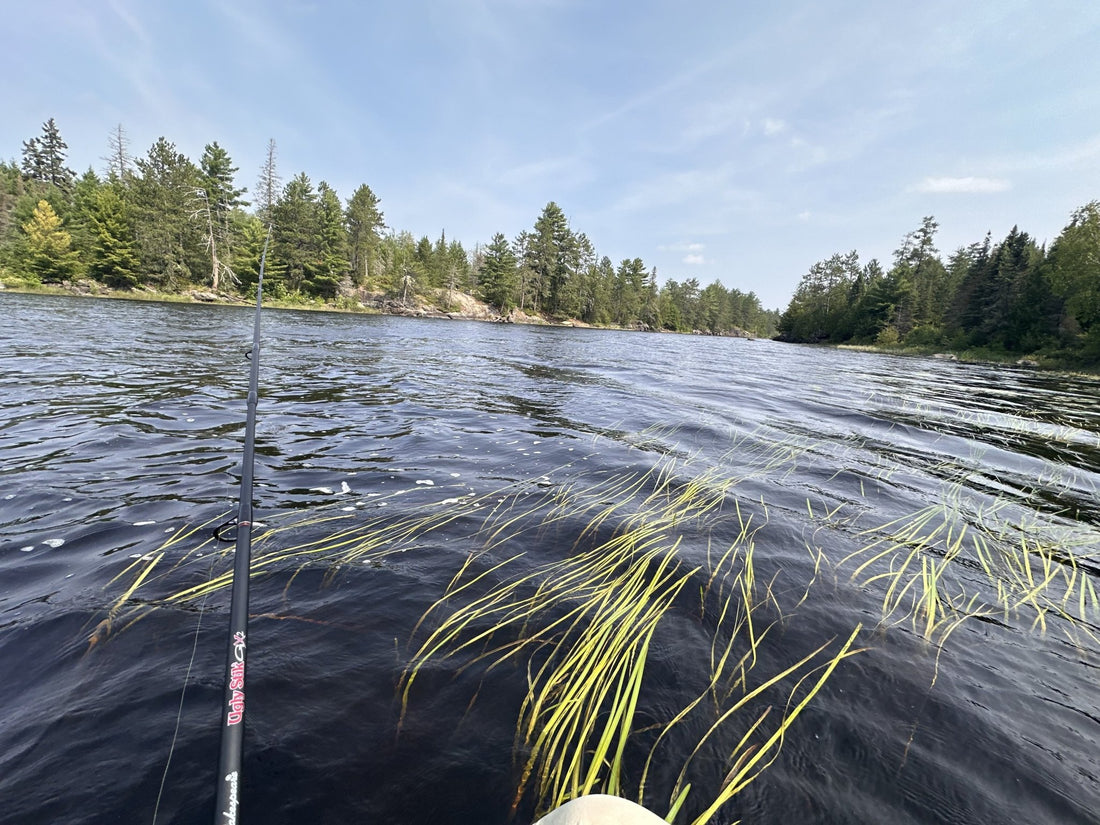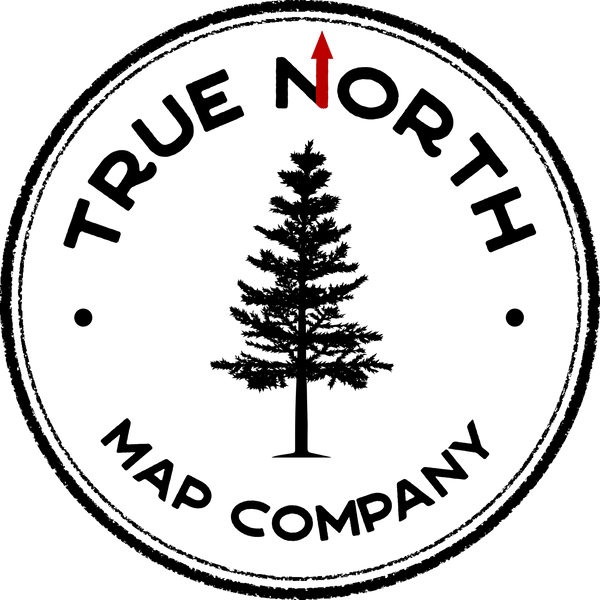
Fishing in the BWCA: Essential Tips for a Successful Trip
Jerod ArlichShare
Fishing in the Boundary Waters Canoe Area (BWCA) is an incredible experience, offering the chance to connect with nature, test your skills, and potentially bring home some of the finest freshwater fish. However, a successful and responsible fishing trip in this pristine wilderness requires careful planning and respect for the environment. In this blog post, we’ll cover everything you need to know, from pre-trip research and selecting bait to fishing regulations, cleaning your catch, and disposing of fish remains properly.
1. Pre-Trip Research: Know Your Waters
Before you set out, it’s important to do some research on the lakes you’ll be fishing in. The BWCA is home to hundreds of lakes, each with its own unique ecosystem and fish populations. Understanding the specifics of your chosen lakes can significantly increase your chances of a successful fishing trip.
• Lake Research: Start by looking at maps and guides specific to the BWCA. Resources like the Minnesota Department of Natural Resources (DNR) website offer detailed information on lake depths, water clarity, and fish populations. Knowing the layout of the lake, including its depth contours and underwater structures, can help you identify prime fishing spots.
• Species and Habitats: The BWCA is home to several key species, including walleye, northern pike, smallmouth bass, lake trout, and brook trout. Different species prefer different habitats. For instance, walleye are often found in deeper waters near drop-offs or underwater humps, while smallmouth bass prefer rocky shorelines and submerged logs. Understanding the preferred habitats of your target species will help you choose the right locations.
• Depth and Underwater Structure: Depth maps and sonar tools can be invaluable. Look for underwater structures like reefs, points, and sunken islands, which often attract fish. During different times of the year, fish will move to different depths, so consider the season when planning your fishing strategy.
2. Choosing the Right Bait
Selecting the right bait is crucial for attracting the fish species you’re targeting. The BWCA offers opportunities for both artificial and live bait fishing, and understanding what works best can make all the difference.
• Artificial Baits:
• Walleye: Jigs tipped with soft plastic grubs or minnow imitations are effective. Crankbaits and spinners can also work well, especially when fishing in deeper waters or trolling.
• Northern Pike: Large spoons, spinnerbaits, and jerkbaits are great for these aggressive predators. Bright colors and erratic movements tend to attract strikes.
• Smallmouth Bass: Topwater lures, crankbaits, and soft plastics like tubes and worms are excellent choices. Smallmouth bass are often found in rocky areas, so lures that can mimic crayfish or minnows work well.
• Lake and Brook Trout: Spoons, spinners, and deep-diving crankbaits are effective for trout, particularly in cooler waters. For lake trout, trolling with larger spoons in deep water is often successful.
• Live Baits:
• Walleye: Leeches, minnows, and nightcrawlers are classic choices. A slip bobber rig with live bait can be particularly effective when targeting specific depths.
• Northern Pike: Larger minnows or suckers work well for pike. Rig them with a steel leader to prevent the pike’s sharp teeth from cutting your line.
• Smallmouth Bass: Nightcrawlers, minnows, and crayfish are excellent options. Rig them on a simple hook and sinker setup or under a bobber.
• Trout: Smaller minnows, worms, and waxworms are effective live baits for trout species. Brook trout, in particular, may also go for small insects.
3. Licenses and Regulations
Fishing in the BWCA requires adherence to Minnesota’s fishing regulations. Before heading out, ensure that you have the proper licenses and are familiar with the rules.
• Fishing License: You’ll need a valid Minnesota fishing license to fish in the BWCA. Licenses can be purchased online through the Minnesota DNR website or at authorized retailers. There are different options available, including daily, seasonal, and special licenses for non-residents.
• Regulations: Review the current Minnesota fishing regulations, which cover everything from daily bag limits to specific restrictions on certain lakes or fish species. For example, there may be special regulations on catch-and-release for certain species or size limits for keeping fish. Adhering to these rules is crucial for maintaining the fish populations and the overall health of the BWCA ecosystem.
4. Catching, Cleaning, and Processing Your Fish
Catching fish in the BWCA is an exciting experience, but proper handling, cleaning, and processing are essential to ensure the quality of your catch.
• Catching and Handling: Use barbless hooks where possible to make releasing fish easier and less harmful. If you’re planning to keep your catch, handle the fish carefully to avoid bruising the flesh.
• Cleaning Your Catch: Once you’ve caught your fish, clean them as soon as possible. Use a sharp fillet knife to remove the scales, gut the fish, and fillet it if desired. Be sure to clean your knife and hands thoroughly to avoid contaminating the meat.
• Processing and Storage: When camping, we primarily keep our fish in the water using a stringer, but be aware of the risks.
5. Beware of Snapping Turtles
Shoreline stringers are a convenient way to keep fish fresh, but they can also attract unwelcome visitors—namely, snapping turtles. These turtles are known to take advantage of easy meals and can cause damage to your catch or your gear. To avoid this:
• Avoid Leaving Fish Unattended: If using a stringer, check on it regularly, and try to keep it close to your campsite where you can keep an eye on it.
• Consider Alternative Storage: In areas with high snapping turtle activity, it might be better to store your fish in a cooler or a secure fish basket instead of a stringer.
6. Disposing of Fish Remains
Proper disposal of fish remains is critical for preserving the natural beauty and ecological balance of the BWCA. Follow these guidelines:
• Pack Out or Bury: The BWCA requires that fish remains be packed out or buried under loose leaf litter at least 150 feet away from the water’s edge. This practice helps to minimize odors that can attract wildlife and prevent water contamination.
• No Leftovers in the Water: Do not dispose of fish remains in lakes or rivers, as this can attract scavengers like bears or disrupt the aquatic ecosystem.
• Respect Other Campers: If you bury fish remains, choose a spot well away from campsites or portage trails to avoid attracting wildlife to areas where other campers might pass through.
Conclusion
Fishing in the Boundary Waters Canoe Area is a rewarding experience that offers both challenge and tranquility. By doing your pre-trip research, selecting the right bait, following fishing regulations, and handling your catch responsibly, you can ensure a successful and enjoyable trip. Remember to respect the environment by properly disposing of fish remains and being mindful of local wildlife, including snapping turtles. With careful planning and a respect for nature, you’ll create lasting memories and contribute to the preservation of this remarkable wilderness. Happy fishing!
